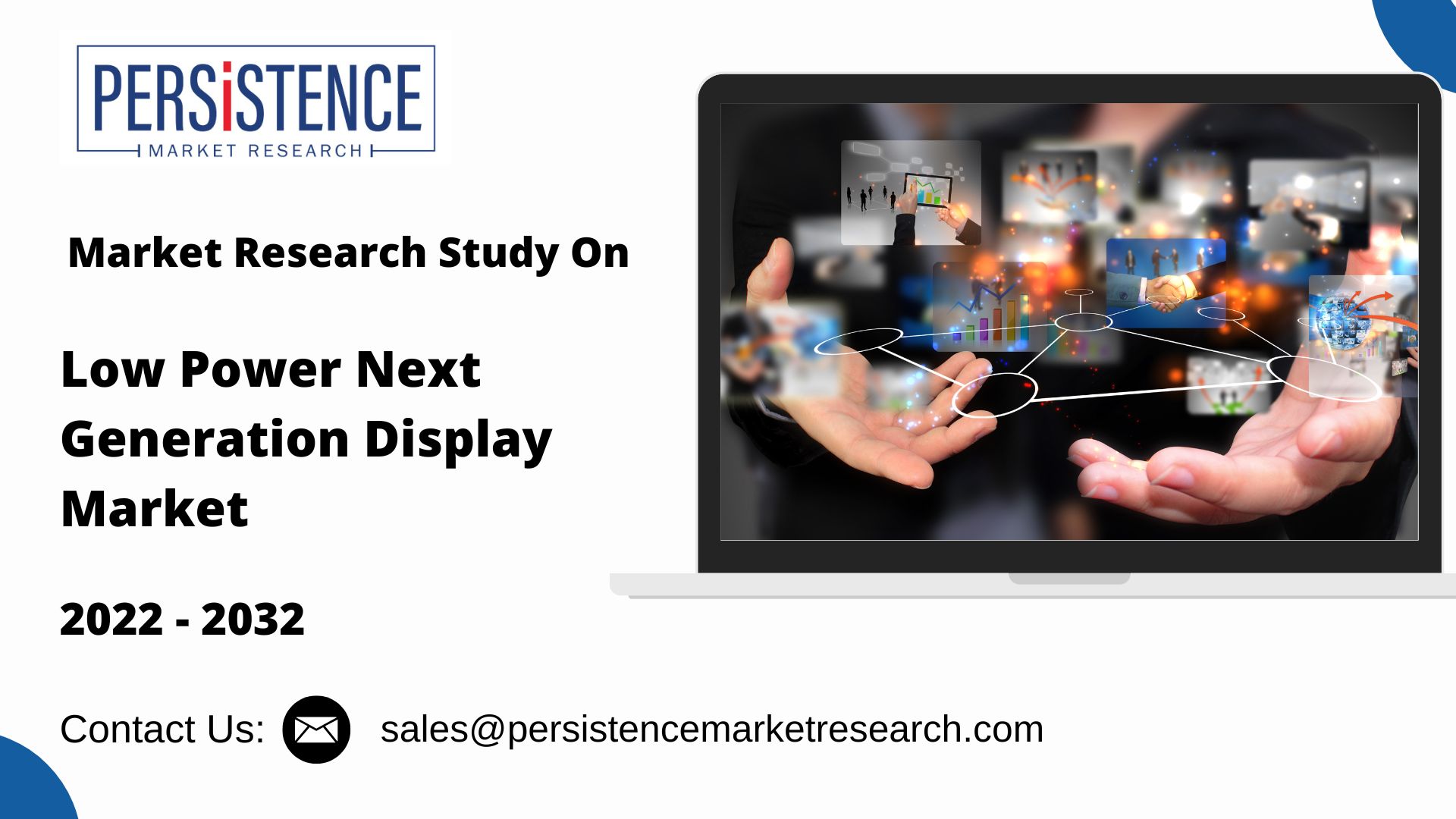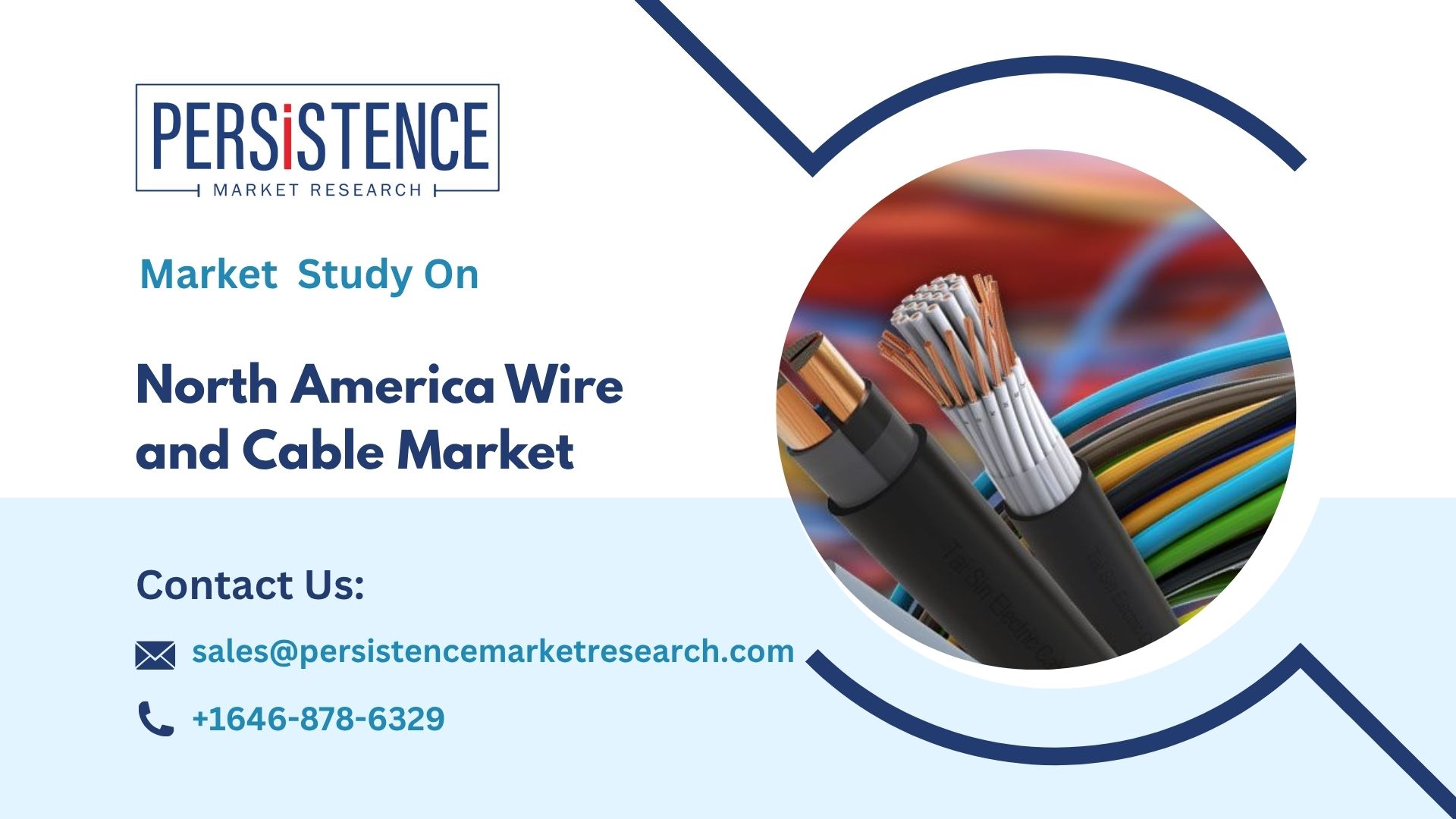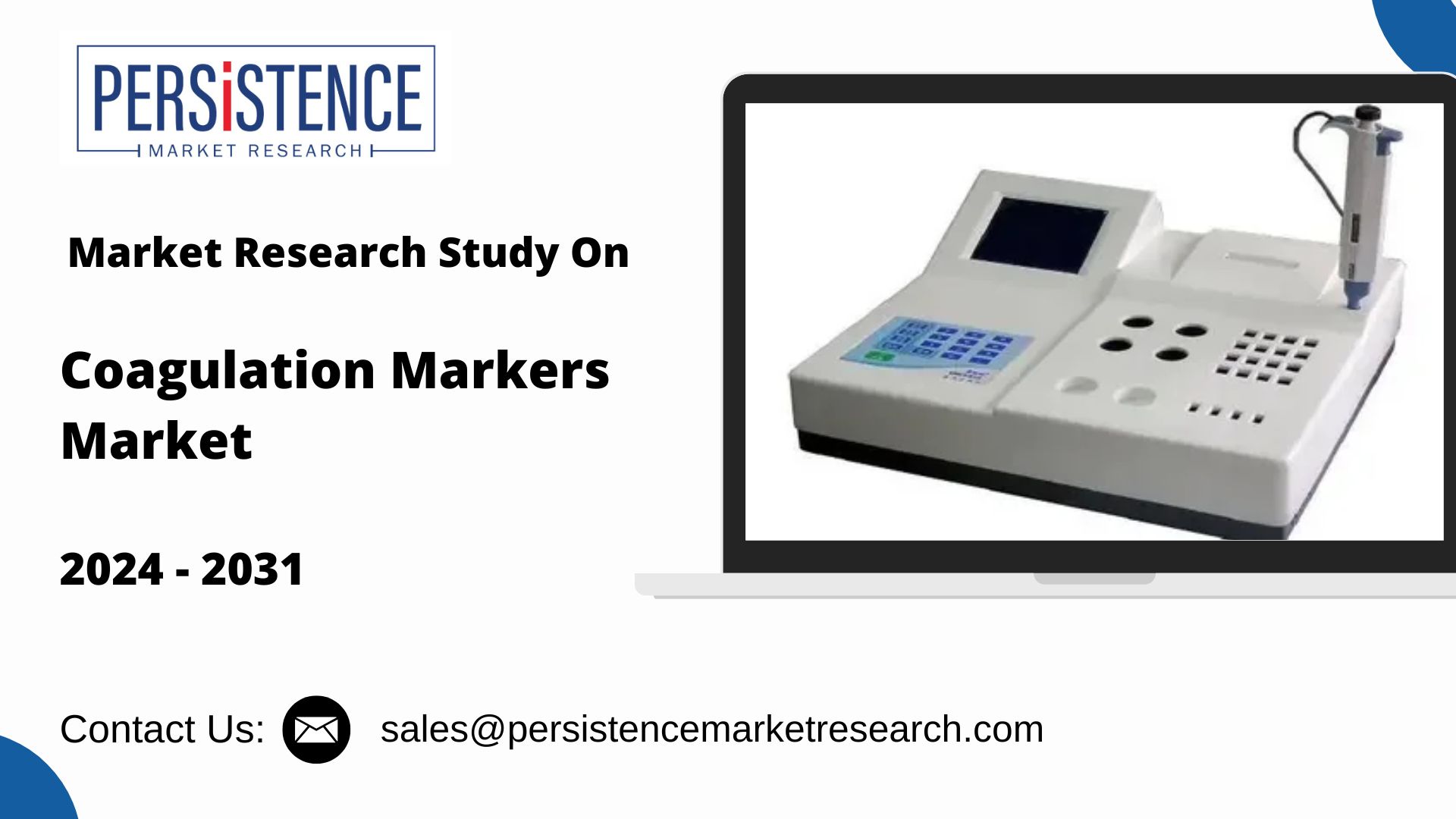Low Energy Display Solutions Transforming Device Efficiency

Strong 8k brings an ultra-HD IPTV experience to your living room and your pocket.
In a world increasingly driven by smart technologies, display systems are integral to how users interact with devices. However, traditional displays are among the most energy-intensive components, often limiting device efficiency and battery longevity.
Enter low power next generation display market solutions—technological advancements that are not only transforming device efficiency but also aligning with global sustainability goals. From smartphones to industrial monitors, these innovations are reshaping industries and enhancing user experiences.
The Need for Low Energy Displays
As devices become more sophisticated, their energy demands rise. Displays, which account for a significant portion of power consumption in electronic devices, are now a critical focus for energy-saving innovations.
Key drivers for low energy displays include:
Sustainability Goals: Growing emphasis on reducing carbon footprints.
Consumer Expectations: Demand for longer battery life and high-performance displays.
IoT Proliferation: Power-efficient screens are essential for IoT devices that operate continuously.
By integrating low-energy display solutions, manufacturers can create devices that are both eco-friendly and more efficient, offering value to users and the environment alike.
Innovative Low Energy Display Technologies
1. E-Ink Displays
E-Ink technology, widely used in e-readers, is renowned for its ultra-low power consumption. These displays only use energy during screen updates, making them ideal for static or semi-static content.
Applications: E-readers, digital signage, and electronic shelf labels.
Benefits: Minimal energy use, high visibility under ambient light, and reduced eye strain.
2. OLED with LTPO Technology
Organic Light Emitting Diode (OLED) displays paired with Low-Temperature Polycrystalline Oxide (LTPO) backplanes have revolutionized energy efficiency. LTPO allows adaptive refresh rates, dynamically adjusting based on displayed content.
Applications: Premium smartphones, smartwatches, and tablets.
Benefits: Significant battery savings during low-motion visuals, superior image quality, and responsiveness.
3. MicroLED Displays
MicroLEDs offer exceptional energy efficiency by eliminating the need for a backlight and utilizing self-emissive pixels. This technology provides brightness control at the pixel level, reducing energy consumption.
Applications: AR/VR devices, high-end televisions, and automotive displays.
Benefits: High brightness, longevity, and lower energy use.
4. Reflective Displays
Reflective or transflective displays leverage ambient light for visibility, minimizing the need for energy-intensive backlights.
Applications: Outdoor devices like GPS systems, fitness trackers, and point-of-sale displays.
Benefits: Excellent outdoor readability and reduced power draw.
5. Quantum Dot Enhancements
Quantum Dot (QD) technology enhances energy efficiency by optimizing light emission in LCDs. These dots improve brightness and color accuracy while using less power.
Applications: High-end TVs and monitors.
Benefits: Enhanced color performance with lower energy use.
Applications Across Industries
1. Consumer Electronics
Low-energy displays are driving innovation in smartphones, tablets, and laptops, where users prioritize battery life. Dark modes and adaptive refresh rates in OLED screens further enhance efficiency.
2. Wearables
Smartwatches and fitness trackers rely on compact, energy-efficient displays like OLEDs with LTPO backplanes or reflective screens, ensuring extended battery life despite their small form factors.
3. Automotive Displays
The integration of MicroLEDs and OLEDs in automotive dashboards and infotainment systems optimizes energy usage while providing high visibility, crucial for electric vehicles (EVs).
4. Smart Home Devices
Smart thermostats, connected appliances, and home automation hubs utilize low-energy displays to maintain continuous operation with minimal power consumption.
5. Industrial and Outdoor Applications
Reflective and E-Ink displays dominate industrial settings and outdoor environments, where energy efficiency and readability under sunlight are critical.
Benefits of Low Energy Display Solutions
Extended Battery Life: Especially critical for portable and wearable devices, where users demand longer usage times between charges.
Reduced Environmental Impact: Lower energy requirements contribute to decreased carbon emissions and align with global sustainability initiatives.
Cost Savings: Energy-efficient devices reduce operational costs, particularly in large-scale applications like digital signage.
Enhanced User Experience: Features like adaptive brightness and superior image quality improve the overall usability of devices.
Challenges in Implementing Low Energy Displays
While low-energy displays offer significant advantages, their adoption is not without challenges:
High Initial Costs: Advanced technologies like MicroLED and LTPO OLEDs are expensive to develop and produce.
Scalability Issues: Manufacturing energy-efficient displays for larger screens, such as televisions or public displays, remains complex.
Technological Constraints: Some displays, like OLEDs, are prone to burn-in, which can impact long-term energy efficiency and usability.
Future Trends in Low Energy Displays
The landscape of low-energy displays continues to evolve, with emerging trends poised to reshape the industry:
1. AI-Integrated Displays
Artificial intelligence is enabling smarter displays that optimize brightness, refresh rates, and power usage based on environmental and user factors.
2. Hybrid Display Technologies
Innovations combining OLED, MicroLED, and quantum dots are set to deliver unprecedented energy efficiency and image quality.
3. Advanced Manufacturing Techniques
Advancements in material science and fabrication processes aim to reduce production costs and improve scalability, making low-energy displays more accessible.
4. Widespread Adoption in EVs and IoT
Electric vehicles and IoT ecosystems will drive demand for energy-efficient displays, emphasizing compactness and low power consumption.
Conclusion
Low-energy display solutions are transforming device efficiency across industries, addressing the twin goals of sustainability and performance. As innovation accelerates and adoption broadens, these technologies promise to redefine the role of displays in a connected, energy-conscious world. By prioritizing energy efficiency, businesses and consumers alike can contribute to a future where technology and environmental responsibility go hand in hand.
Note: IndiBlogHub features both user-submitted and editorial content. We do not verify third-party contributions. Read our Disclaimer and Privacy Policyfor details.







